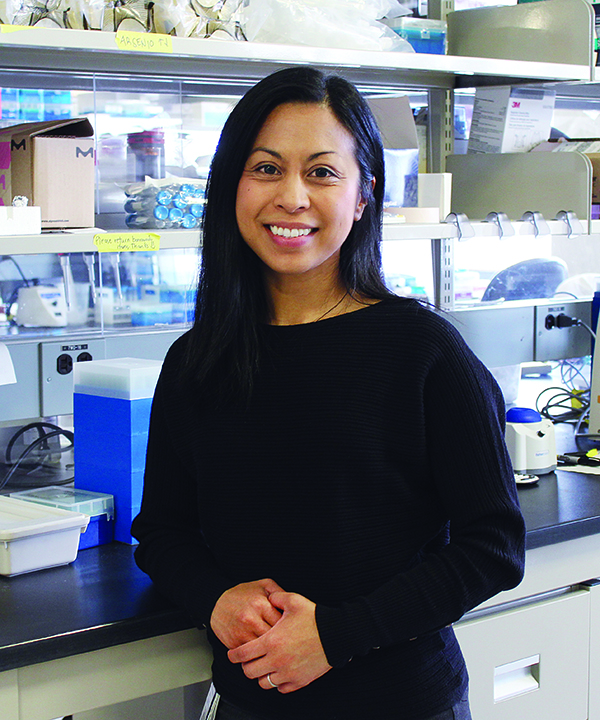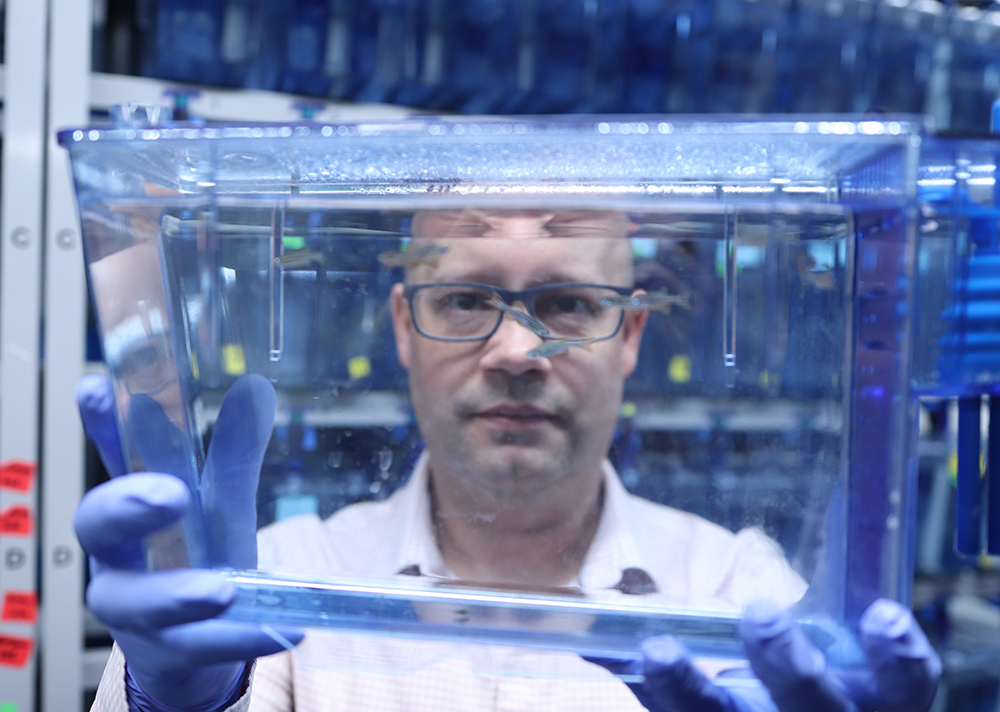
Two interdisciplinary research teams in the Rady Faculty of Health Sciences have received grants from The Winnipeg Foundation Innovation Fund for cutting-edge projects in the areas of sepsis and brain injury.
The one-year grants are part of The Winnipeg Foundation’s $1-million commitment, launched in 2019, to support innovative, collaborative research projects in the Rady Faculty.
Investigating immune responses in sepsis
Janilyn Arsenio [B.Sc./04, PhD/12], Canada Research Chair in systems biology of chronic inflammation and assistant professor of internal medicine and immunology, leads a study focused on sepsis, a serious condition in which the body has an extreme response to an infection.
“Sepsis is a life-threatening disease that has long-lasting effects on the immune system, yet we still don’t fully understand many of the fundamental immune mechanisms involved,” Arsenio says.
Sepsis occurs when a polymicrobial infection spreads, triggering an immune response that can lead to organ damage and septic shock. T cells – a kind of white blood cells that are vital for fighting infection and preventing tissue damage – decrease in number and functionality during late-stage sepsis, weakening the immune system.
The research team, including Emily Rimmer [B.Sc./02, MD/06, M.Sc./18], assistant professor of internal medicine, and Dr. Suresh Mishra, professor of internal medicine and physiology/pathophysiology, aims to understand the behaviour of T cells in early sepsis in order to prevent their dysfunction later.
Using blood samples from patients with sepsis, the researchers will analyze T cell changes over time. They will also explore sex differences in immune responses, noting that females with the disease typically fare better than males.
The study could lead to new, sex-specific approaches to treating sepsis, Arsenio says.
Seeking keys to regenerating the brain
Dr. Benjamin Lindsey, assistant professor of human anatomy and cell science, leads a team that is studying how a small, tropical freshwater fish called the zebrafish is able to repair its own brain.
Adult zebrafish, which can form new blood vessels and regenerate neuronal tissue after traumatic brain injury, serve as an ideal laboratory model for studying vascular and brain repair, the professor says.
Lindsey, a neuroscientist, co-leads the new Rady Biomedical Fish Facility on the Bannatyne campus. His team is one of the first in the world to examine how blood flow affects timely neurorepair in zebrafish.
“We want to learn how vascular dynamics and neuro-regeneration are associated,” he says. These insights, he adds, could one day lead to testing regenerative medical treatments for brain injury in small lab animals, and ultimately in humans.

Lindsey’s team, including Jillian Stobart [B.Sc.(Hons.)/06, PhD/12], assistant professor of pharmacy, and Dr. Oleg Krokhin, associate professor of internal medicine, chemistry and biochemistry/medical genetics, will conduct the first repetitive live imaging study of blood flow in the adult zebrafish brain.
“Finding ways to regrow lost neurons and re-establish brain circuits is the key to restoring quality of life for patients following brain injury, concussion or stroke,” Lindsey says.
BY ANNETTE ELVERS
